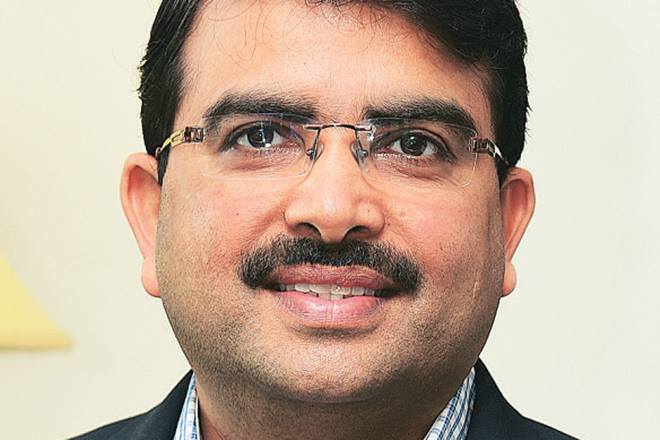Deposits with Fino Paytech’s payments bank will earn just as much as savings accounts with universal banks do, and it will focus on service capabilities to grow its customer base, managing director and CEO Rishi Gupta tells FE.
Edited excerts:
The first one to launch a payments bank has said it will pay 7.25% on deposits, which even banks can’t pay anymore. So how do you see margins and sustainability playing out in this business?
We don’t do things in this company with a short-term perspective. Having said that, there can be some welcome offers to acquire customers. But our internal discussions suggest that if you give something to the customer and then take it back, it doesn’t go down well with them. Running campaigns and programmes which can be sustained over a longer period of time is something we are more inclined to do rather than looking at interest rates as the only factor for acquiring customers and servicing them.
If you pay 7.25% and invest at 6.25%, you have a negative carry plus your own operating and marketing costs. Fino does not want to get into this kind of interest rate syndrome.
Right now, banks are already flush with funds and rates are headed southwards. There is no reason to offer high interest rates.
Also Watch:
You accept deposits on one hand and on the other, you invest in a limited set of securities. Will you be left with a good enough margin in such a model?
Will that leave me with enough margins? I don’t think so. Because when we had put together our model, the interest rates were about 1-1.5% higher than what they are currently. It was at 7.5% or so and it has come down to 6.25%. That will definitely hurt everybody in the ecosystem. Even for banks, margins have come down by about 1% or so, which anyway was very thin.
The only way we see to overcome this challenge — and I think it’s a short-term challenge because over the next six months to one year, rates will stabilise — is by focusing on services. It can be done by selling more products and different products, by becoming more aggressive in our business approach. The products could be insurance, mutual funds, BC (business correspondent) lending, remittance products – both domestic and international. There was talk of some cash management services which you can provide through branches.
What kind of margins are you looking at?
The banking savings rate, which is about 4%, is something we are looking at offering. Even that will give us a very thin margin. My customers are from the middle- or lower-income category who don’t have access to banking services. So for them a few basis points higher is not going to make a remarkable difference. What will make a difference is that they’ll have to access to banking much closer to home and with better service quality.
What will your branch network be like?
We’ll have both physical and digital branches. Our plan is to set up 400 branches and depending on the success, we’ll keep increasing the number. This will cover around 30 cities and the rural network will cover four states – Uttar Pradesh, Bihar, Madhya Pradesh and Maharashtra.
What would have been the cost of installing the additional tech and physical infrastructure for the bank?
I do not have a number for that, but technology takes up at least 20-30% of the overall costs of the bank, including operating costs. Setting up a physical network is not very expensive, but maintaining that network is. Each of our branches costs about R5 lakh.
What would the average size of deposits be?
We expect it to be no more than R20,000 to R30,000.
